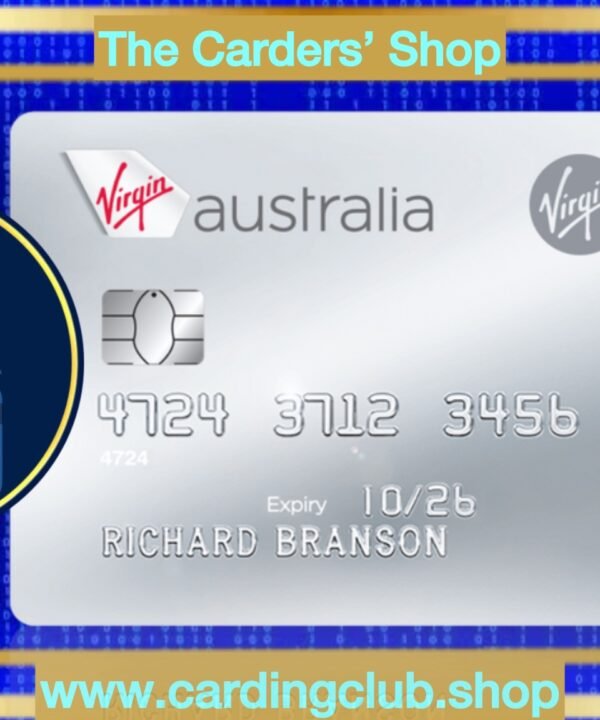Understanding Credit Card Tracks (USA Dumps)
Track 1
Track 1 stores the card number, cardholder’s name, and expiration date. It’s the only track that includes the cardholder’s name, which can be edited to match any fake ID or printed name on the card without affecting functionality. This track uses a format called odd parity or Dec Sixbit.
Format Example:
%B3703730081187237^BRAND/STARK D^200910100000023001000000415000000?
- Start Sentinel:
% - Format Code:
B - PAN (Card Number):
3703730081187237 - Field Separator:
^ - Cardholder Name:
BRAND/STARK D - Expiry Date:
2009(YYMM) - Service Code:
101 - Discretionary Data: Includes CVV, PIN verification data
- End Sentinel:
?
Track 2
Track 2 holds the card number and expiration date—this is the most critical for ATM withdrawals. Written in a 5-bit format with a parity bit for error checking, a fault here can result in the ATM rejecting the card.
Format Example:
;370373660206009=200910118023328700000?
- Start Sentinel:
; - PAN:
370373660206009 - Separator:
= - Expiry Date:
2009(YYMM) - Service Code:
101 - Discretionary Data: May include PIN verification, CVV
- End Sentinel:
?
Track 3
Rarely used, Track 3 may carry customer loyalty data but is generally ignored by ATMs and POS systems. Originally designed for thrift banking systems.
Service Code
A 3-digit number included in Tracks 1 and 2, indicating usage restrictions or capabilities of the card.


























Reviews
Clear filtersThere are no reviews yet.